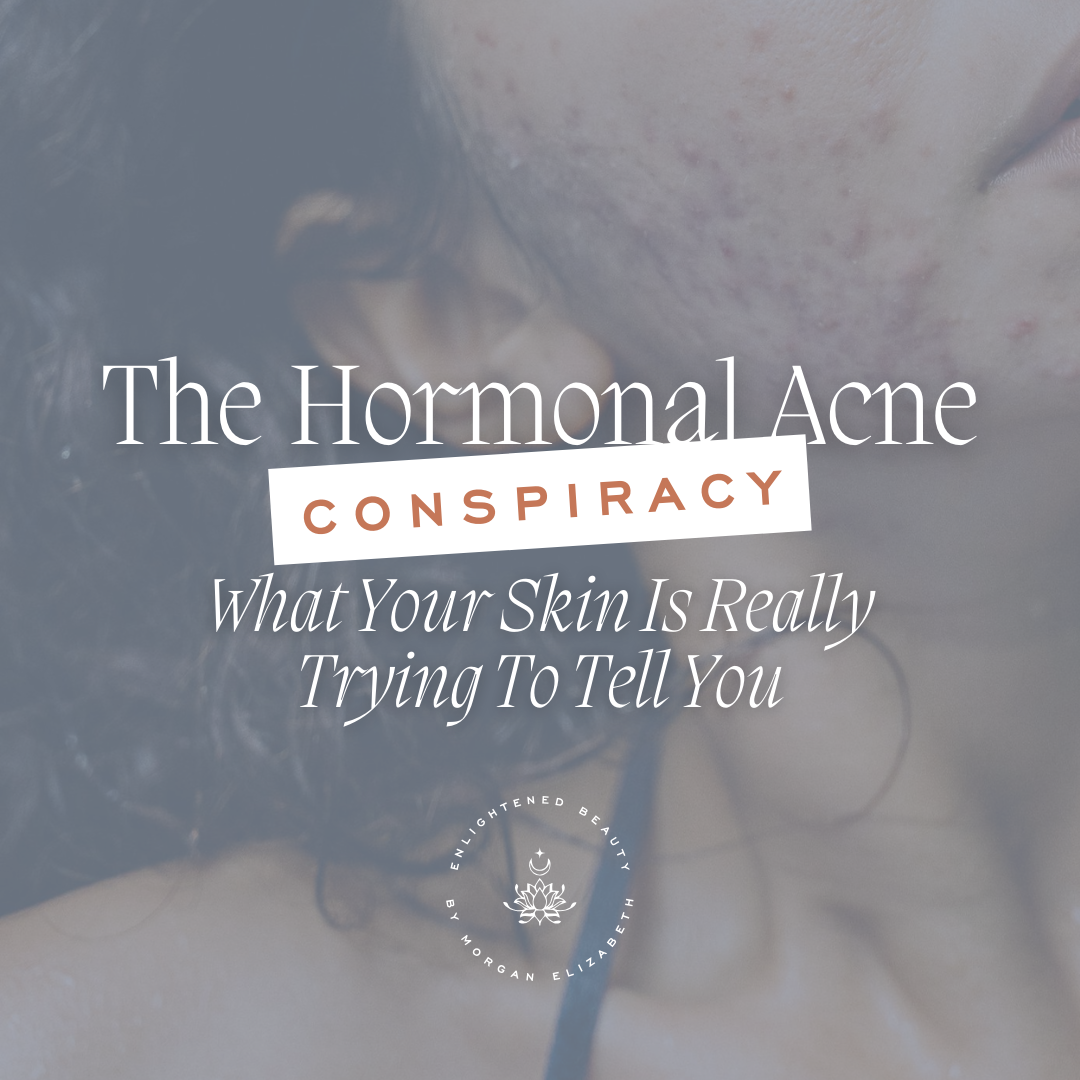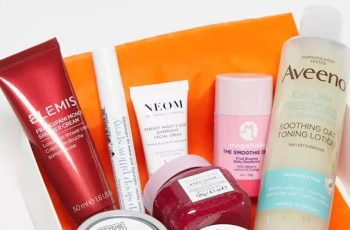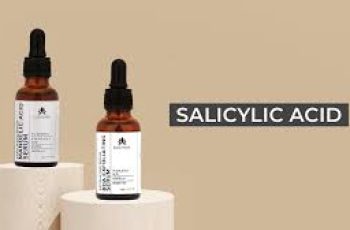
Which form of retinol is most effective?
Retinol is one of the most effective ingredients in skincare for fighting signs of aging and other skin concerns. It’s scientifically proven. When using retinol, you need to slowly introduce the product into your skin to build tolerance to different strengths and see how your skin responds. For more information on incorporating retinol into your skincare routine, check out our blog post on the benefits of retinol for skincare.
You may be wondering which form of retinol is most effective. Are over-the-counter retinol products worth the time and effort? Or is using a medicated product for a facial the best way to pamper your skin in the afternoon? We took a closer look and are sharing our detailed findings with you.
What is the best percentage of retinol?
Retinol comes in a variety of concentrations, with the most common being 0.25%, 0.5%, 1%, and 2%. If you buy an over-the-counter retinol product, be sure to check the label to see what percentage it says. If it doesn’t say, that usually means the retinol content is less than 0.25% and won’t give you the full benefits.
Your skin type may also affect how retinol treats and benefits your skin;
Retinol for Oily Skin Types
If you have an oily skin type, you can try using a higher ratio of retinol. However, it still needs to be slowly introduced to the skin by using it once a week in your evening skincare routine. If you find that your skin responds well to the product, you can increase the frequency of use to 2-3 times a week, and so on, until you can use it every night.
Since the consistency of the product also affects the performance of retinol, serums are lighter, easier to absorb, and less likely to clog than creams, so retinol serums are ideal for oily and acne-prone skin types.
Retinol for Dry Skin Types
Dry skin types may find that their skin is thin and easily irritated. Therefore, using a lower strength option allows the skin to build up tolerance without causing reactions such as redness or sensitivity. The introduction of the product is the same for every skin type, but a cream-based retinol product is ideal for dry skin types because it releases the active ingredients more slowly and provides additional moisture.
Regardless of your skin type, consistency is key to seeing the true effects of retinol. After 4 weeks of use, you will achieve a smoother, brighter, more youthful complexion. Sometimes, the difficulty of slowly incorporating retinol into a skincare routine causes people to rush into it and stop using it as soon as they realize their skin is reacting badly. Remember: slow and steady wins the race.
What is the strongest form of retinol?
The strength of retinol really depends on where you buy the product. For over-the-counter products, the highest concentration is usually 0.5% or 1%, while medical products can go up to 2% and you can buy them from a trained professional or salon. The beauty of using retinol is that it is an ingredient that delivers results no matter what strength you use.
Lowering Retinol Levels
Retinol levels as low as 0.25% can deliver dramatic improvements to dry or sensitive skin, such as significantly improving signs of aging, brightening skin tone, and uneven skin tone. By combining lower strength retinol with other ingredients like antioxidants, you can protect your skin from everyday aggressors like pollution, UV damage, and other environmental skin issues.
Medium Retinol Levels
For those who have noticed that aging has affected their skin’s firmness and elasticity, a medium percentage of retinol is perfect. If you have uneven skin tone and texture, you may also find that using 0.5% retinol 2-3 nights per week can benefit your complexion.
Higher Retinol Levels
For deep wrinkles, severely uneven tone and texture, you will benefit greatly from 1% retinol. You will find that this percentage resolves these more stubborn skin issues the fastest. Of course, remember to perform a patch test on your skin to prevent irritation and gradually incorporate this ingredient into your daily routine.
Which is better, retinol or hyaluronic acid?
Can we be so bold as to say that we love them both? Believe it or not, retinol and hyaluronic acid are an incredible combination of skin regenerative powers. Both ingredients work on different parts of the skin to help address a variety of issues.
For example, retinol can increase blood circulation and stimulate collagen production in the lower layers of the skin. Here, retinol causes the skin’s basal cells to split, allowing new epidermal cells to rise to the surface, which creates an overall healthy glow and improves skin texture.
Hyaluronic acid works primarily on the skin’s protective skin barrier, drawing moisture from the lower epidermis and surrounding the skin, locking everything in, giving your face a plump, youthful appearance, and eliminating fine lines caused by dehydration, which are visibly reduced. When you use these ingredients together, you’ll be amazed at the results.
Are retinol and vitamin A the same thing?
This can easily get a little confusing, so we’ll do our best not to go off topic. Vitamin A is found in the body and is important for supporting skin, eye, and reproductive health. It also supports immune function. There are two types of vitamin A, the first is retinoids and the other is carotenoids. Both types are converted to retinol by the liver.
Our skin is a retinoid-sensitive organ that is able to absorb vitamin A when applied topically, which stimulates the production of new skin cells and prevents the skin from becoming too dry and uncomfortable.
So you’ll find that vitamin A and retinol are pretty much the same thing. One occurs naturally in the body or is obtained through the diet, while the other is converted into a topical ingredient that can be synthetically replicated and mixed into various skin care products.
What Not to Mix with Retinol?
Here are the key ingredients that should not be mixed with retinol or used at different times of the day:
Vitamin C and retinol should be used at different times of the day.
As mentioned earlier, lower doses of retinol combined with antioxidants are great for keeping your skin healthy and fit. We recommend using both ingredients at both ends of the day. Take Vitamin C in the morning to give your skin a protective layer of free radical-fighting products and Retinol in the evening to repair damage and rebuild your skin.
Benzoyl peroxide cancels out Retinol and vice versa.
Benzoyl peroxide and Retinol actually cancel each other out, making them both useless and unable to provide any benefits to your skin. You have to decide whether to incorporate one or the other into your daily routine.
AHAs and BHAs should not be used with Retinol.
Both AHAs and BHAs are primary chemical exfoliants that, when used with Retinol, can lead to dry, tight, and damaged skin, as Retinol also exfoliates the skin. Similar to Vitamin C, if you are not going to use Retinol, we recommend using either AHA or BHA. Of course, don’t forget to wear sunscreen during the day.
How to Absorb Retinol Naturally?
Vitamin A occurs naturally in the body and can be obtained through diet. For example, eating fatty fish like salmon and red meats like liver and carrots are easy ways to introduce retinol into your diet.
Of course, you can use another natural alternative to retinol: bakuchiol, a powerful antioxidant that has a variety of benefits for your skin. To learn all about bakuchiol, check out our blog on the benefits of bakuchiol for skin care.
We hope this answered your questions about the most effective form of retinol. Don’t forget to check out our Instagram for daily tips, discount codes, and sneak peeks at new product launches!
Don’t miss out on more skincare tips and expert advice on our YouTube channel! Click the Subscribe button to visit our green couch. You won’t regret it!


